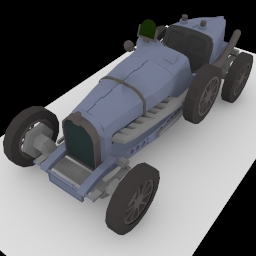




Afrigraph 2007: 5th International Conference on Virtual Reality, Computer Graphics, Visualization and Interaction, 2007 (in press)
Jesper Mortensen, Pankaj Khanna, Mel Slater
Abstract:
This paper describes an algorithm that provides fast propagation and real-time walkthrough for globally illuminated synthetic scenes. A type of light field data structure is used for propagating radiance outward from emitters through the scene, accounting for any kind of L(S|D)* light path. The light field employed is constructed by choosing a regular point subdivision over a hemisphere, to give a set of directions, and then corresponding to each direction there is a rectangular grid of parallel rays. Each rectangular grid of rays is further subdivided into rectangular tiles, such that each tile references a sequence of 2D images containing outgoing radiances of surfaces intersected by the rays in that tile. We present a novel propagation algorithm running entirely on the Graphics Processing Unit (GPU). It is incremental in that it can resolve visibility along a set of parallel rays in O(n) time and can produce a light field for a moderately complex scene - with complex illumination stored in millions of elements - in minutes and for simpler scenes in seconds. It is approximate but gracefully converges to a correct solution as verified by comparing images with path traced counterparts. We show how to render globally lit images directly from the GPU data structure without CPU involvement at real-time frame rates and high resolutions.
Media:
Paper - (2.6MB .pdf)